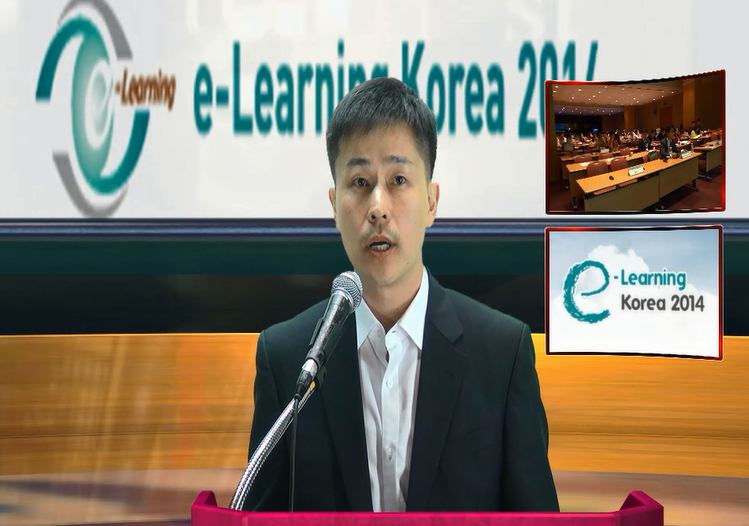由於歷史發展的原因, 在中國, 作爲獨立的表演藝術的舞蹈未能從古代完整地流傳下來. 今日在中國舞蹈領域的"古典舞", 是由中國當代舞蹈家於20世紀50年代以"古典舞"的名義, 重建的"古典舞"的...
http://chineseinput.net/에서 pinyin(병음)방식으로 중국어를 변환할 수 있습니다.
변환된 중국어를 복사하여 사용하시면 됩니다.
- 中文 을 입력하시려면 zhongwen을 입력하시고 space를누르시면됩니다.
- 北京 을 입력하시려면 beijing을 입력하시고 space를 누르시면 됩니다.
https://www.riss.kr/link?id=A60253985
- 저자
- 발행기관
- 학술지명
- 권호사항
-
발행연도
2012
-
작성언어
Korean
-
주제어
中國古典舞 ; 基本範疇 ; 槪念叢 ; 名 ; 實 ; 原点一. Chinese classical dance ; basic category ; concepts ; name ; reality ; Original point
-
KDC
685.05
-
등재정보
KCI등재
-
자료형태
학술저널
- 발행기관 URL
-
수록면
145-170(26쪽)
- 제공처
-
0
상세조회 -
0
다운로드
부가정보
다국어 초록 (Multilingual Abstract)
由於歷史發展的原因, 在中國, 作爲獨立的表演藝術的舞蹈未能從古代完整地流傳下來. 今日在中國舞蹈領域的"古典舞", 是由中國當代舞蹈家於20世紀50年代以"古典舞"的名義, 重建的"古典舞"的形態。近年來,關於中國古典舞的學科建設, 出現了不同學派之爭, 其爭論的要點就在於對"古典"槪念的不同闡釋及其建設方向上的不同看法. 當代舞蹈家已有的做法是:一者由北京舞蹈學院李正一, 唐滿城等人建設的學派, 也可稱之爲"京昆古典舞學派", 依據明淸以來中國喜曲和中國武術等基本動作語言形態進行舞蹈化的建構, 試圖建設機注重中國傳統文化的斡掘, 又注重當代的發展,能構爲表現當代生活服務的民族"典範"藝術. 一者由甘肅省歌舞團高金榮等人建設的學派, 亦被稱爲"敦煌古典舞學派", 以敦煌壁畵上呈現的中國古代歌舞場景與"飛天"的各種具體形態爲摹本, 再現中國歷史上現實與理想中的妙曼舞姿. 一者由北京舞蹈學院孫穎建設的學派,亦被稱爲"漢唐古典舞學派", 追尋漢唐樂舞文化. 向歷史兩端延展, 試圖複現華夏民族舞蹈歷史文化的豊富, 厚重與央央大風. 什磨才是中國舞蹈的"古典形態"?多年來, 我們一直致力於爲"古典""正名". 能具進正爲"古典"正名磨?卽樣才能爲"古典"正名?本文認爲. 中國古典舞的學科建設不僅僅是技術, 動作, 風格以及運動方法問題, 還有在其中顯現的文化問題. 文化是大問題, 可一旦具體化. 就顯現出問題內在的意義。就中國古典舞的當代建設而言, 如果我們立足當下, 著眼於歷史的整體演變, 自然獲得一個縱向的深度和一個橫向的廣度, 不據片斷而排他, 也有利於當下的學科建構. 本文試圖通過一些基本範疇和幾個槪念叢(意義相關的槪念連接)的討論,嘗試爲建立中國古典舞身體動作語言的當代話語譜系鋪岾一個基礎,或者提供一種建設性的思路.
다국어 초록 (Multilingual Abstract)
Due to historical development in China, dance, though used to be an independent performing art, could not have been inherited completely. Today`s ``classical dance`` known within Chinese dance area is a reconstructed form established by Chinese dancer...
Due to historical development in China, dance, though used to be an independent performing art, could not have been inherited completely. Today`s ``classical dance`` known within Chinese dance area is a reconstructed form established by Chinese dancers in the name of ``classical dance`` in 1950s. For the past years, the debate on discipline construction among different schools of Chinese classical dance consisted in the variety of both the interpretations of the concept ``classical dance`` and the opinions on constructing directions. The schools of contemporary Chinese classical dancers are: 1) School of Beijing and Kunju Opera classical dance, constructed by Zhengyi Li and Mancheng Tang of Beijing Dance Academy. They transformed the movements from Chinese opera and Chinese Martial arts since Ming and Qing Dynasties, trying to construct a national ``model`` art by emphasising on not only discovering Chinese traditions but also serving modern life and reflecting contemporary development. 2) School of Dunhuang classical dance, established by Gao Jinrong in Gansu dance and song troupe. They choreographed according to dance scenes and poses of flying apsaras on Dunhuang murals, representing ideal and real dance movements in Chinese history. 3) School of Han and Tang classical dance, established by Ying Sun in Beijing Dance academy. They traced Han and Tang Music and Dance culture, aiming to represent richness, dignity and impressive manners of historical culture of Chinese dance. What is the ``classical form`` of Chinese dance? For years, great effort has been made to ``correct`` the name of ``classical.`` Can we really correct it? How can we achieve it? I believe, the discipline construction of Chinese classical dance is not only about techniques, movements, styles and applications, but about culture. Culture is a big issue. When it comes into a specific question, however, culture would unveil certain meanings behind, In terms of contemporary discipline construction of Chinese classical dance, if we based on the current situation with a view to historical vicissitudes, we would therefore obtain the depth and the width. It is beneficial to current discipline construction too without being exclusive. This article aims to pave the way, or to say, offer a constructive thinking for contemporary discourse diagram of Chinese classical dance body language and movements by discussing certain basic category and concepts.
동일학술지(권/호) 다른 논문
-
현대무용 전공대학생의 성취목표성향, 자기유능감 및 내적동기의 관계
- 대한무용학회
- 이화석 ( Hwa Suk Lee )
- 2012
- KCI등재
-
- 대한무용학회
- ( Kyung Hee Lee )
- 2012
- KCI등재
-
괴테의 「파우스트」 중, <발푸르기스의 밤>의 무용적 수용 과정
- 대한무용학회
- 김경희 ( Kyung Hee Kim )
- 2012
- KCI등재
-
무용전공 여학생들의 체형만족도에 따른 섭식척도와 섭식장애와의 관계
- 대한무용학회
- 박선정 ( Sun Jeong Park )
- 2012
- KCI등재





 KCI
KCI KISS
KISS




